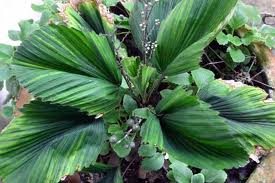Lippia
Pot Cultivation
Lemon Verbena needs well-drained soil that is sandy, loamy, and average to dry. They should be grown in full sun. Pruning should be done in the spring; the branches of the previous summer's growth should be shortened to keep the plant shapely and within bounds. Repotting, if necessary, should be done as soon as the plants start into fresh growth. Even in a warm greenhouse, Lemon Verbena will go dormant. When the leaves begin to fall, gradually discontinue the water supply. The soil only needs to moistened enough to keep the soil from becoming bone dry in the winter. To harvest, snip branch tips for fresh use. At the end of the season, just before frost, cut the whole plant down and dry it in the dark. It is perhaps the best of the lemon-scented herbs for drying because it keeps much of its fragrance and flavor. It is used in tisanes, teas, and potpourris. Chefs love to use Lemon Verbena along with Citrus Lemon because its flavor holds up in cooking.Propagation
Order plants to get a head start or if you have a greenhouse or live in a mild winter climate, use softwood cuttings to increase your plants. These are made from the non-flowering branches in late summer. Dip the cuttings in a rooting hormone and root them in moist sand. When they've formed roots, they should be potted separately in 3-inch pots of sandy, loamy soil and finally in pots 6-8 inches wide. |
L. triphylla. |




